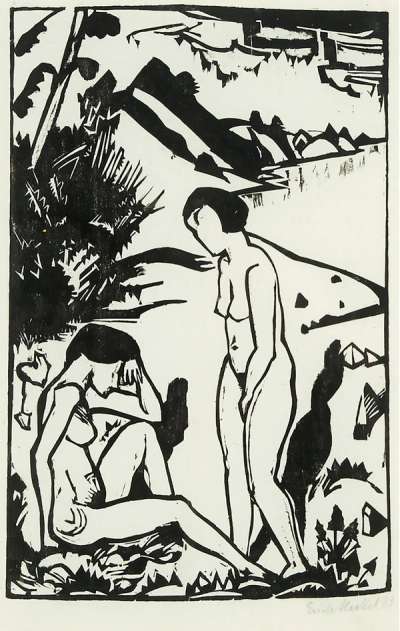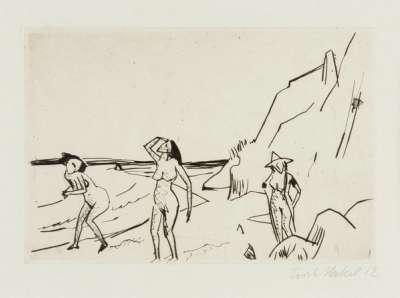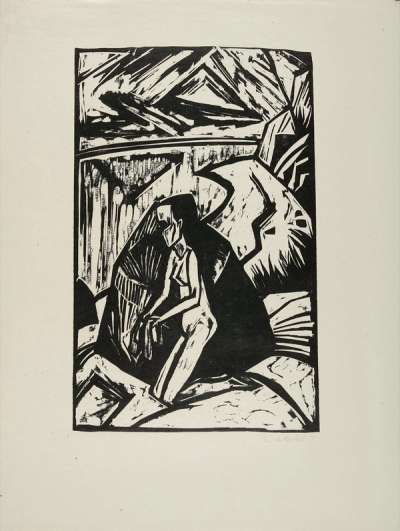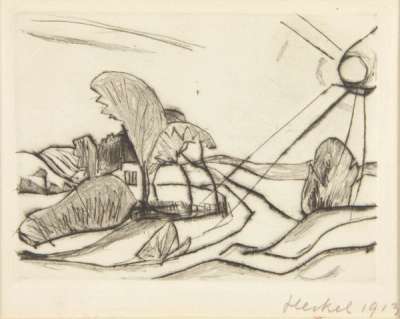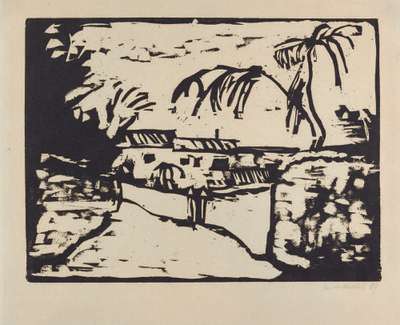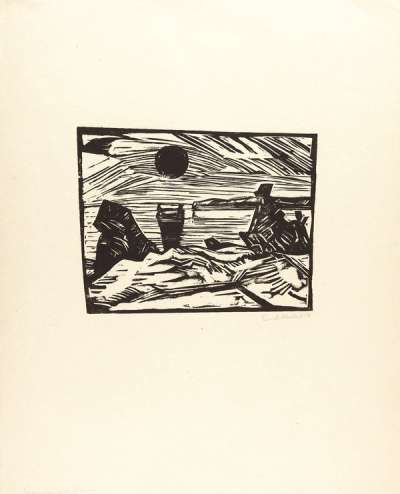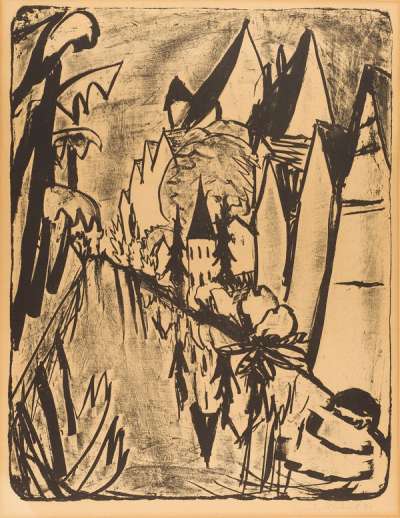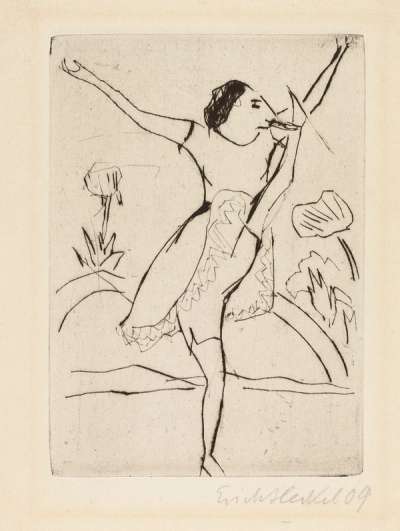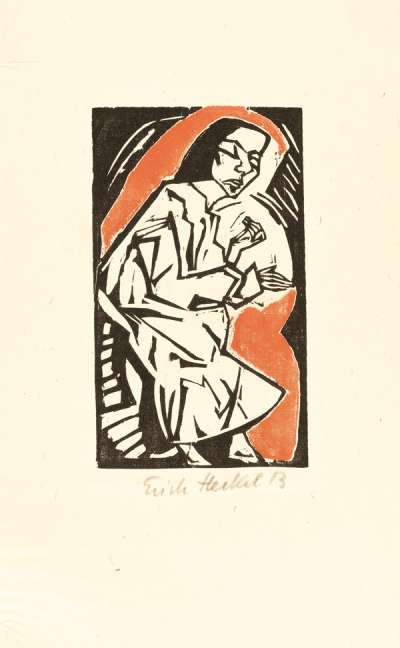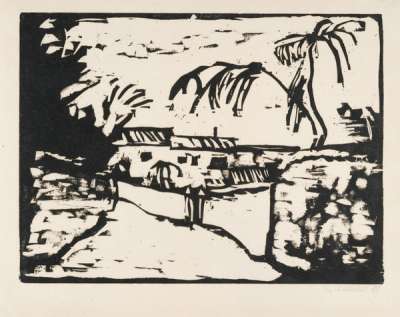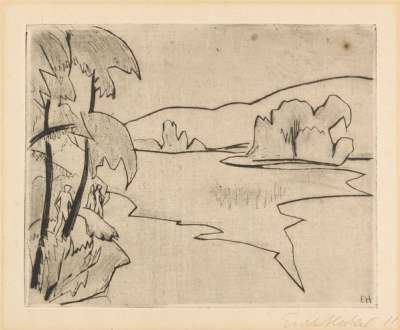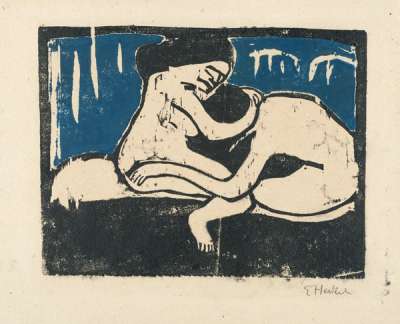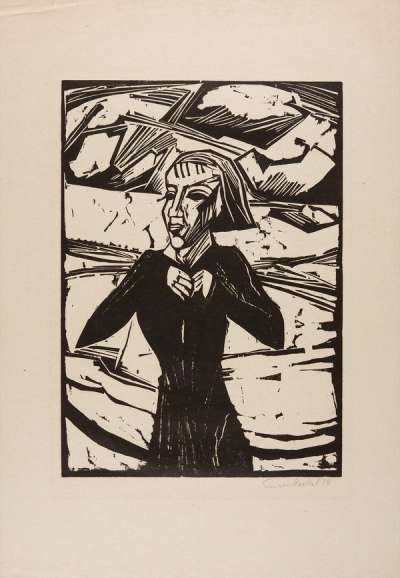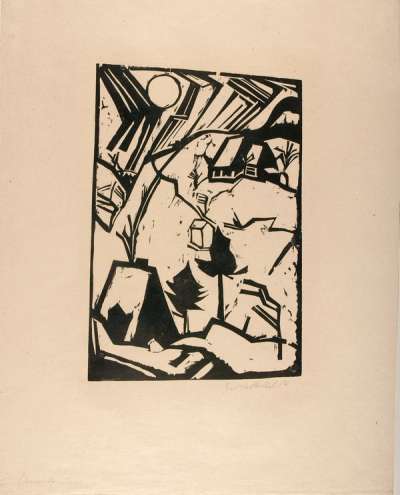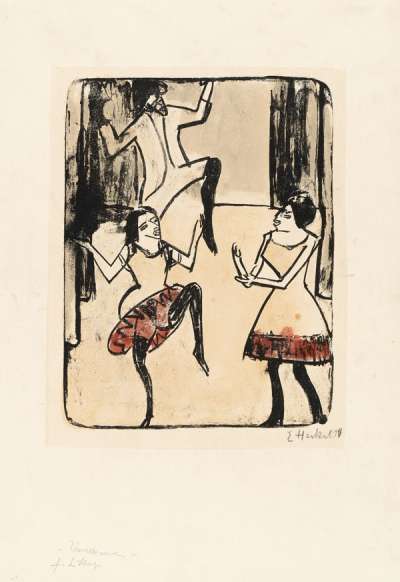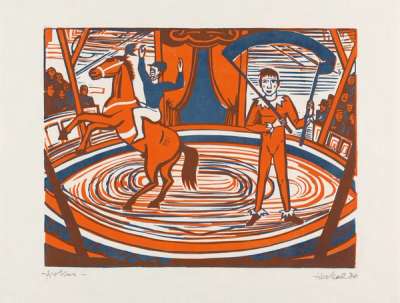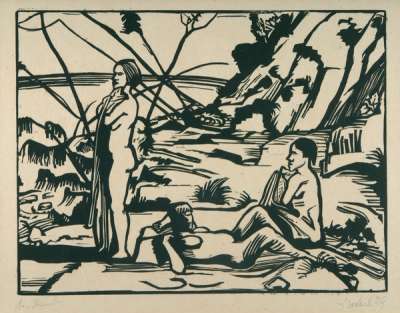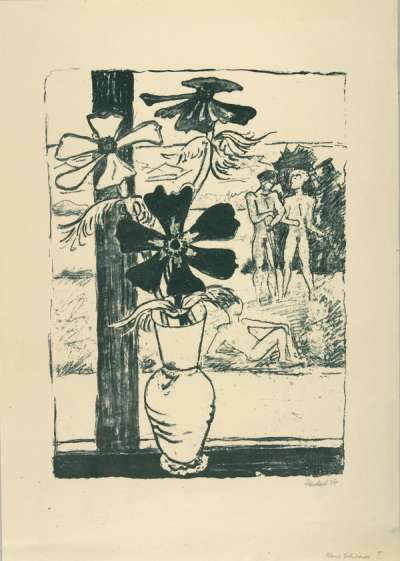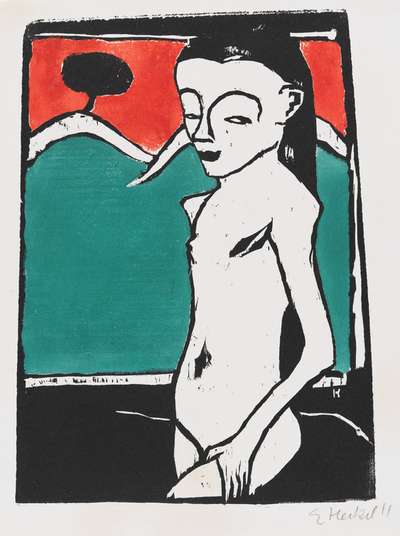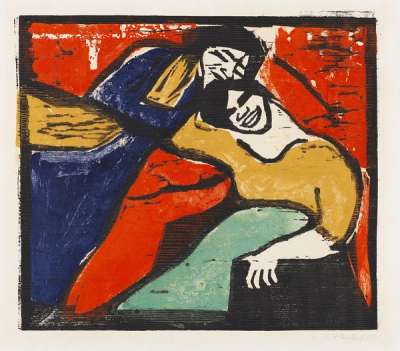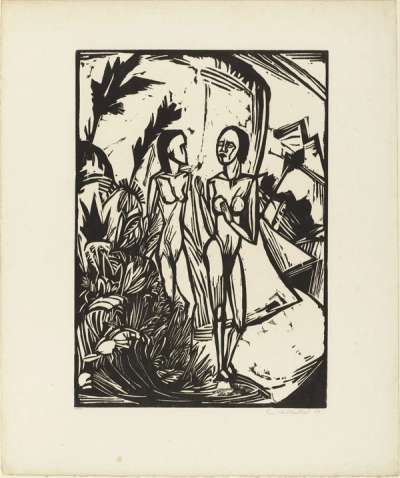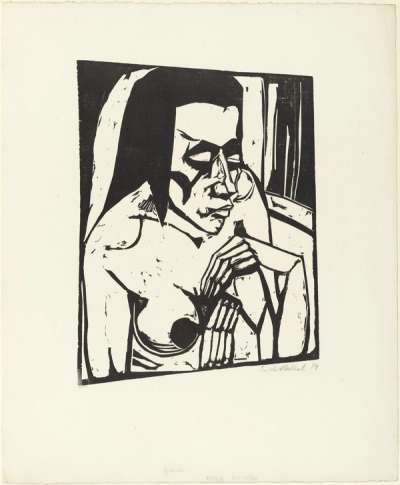Erich
Heckel
Erich Heckel, a master of German Expressionism, is celebrated for his emotionally charged and vividly primal artworks. If you’re looking for original Erich Heckel prints and editions for sale or would like to sell, request a complimentary valuation and browse our network’s most in-demand works.
Erich Heckel art for sale
Discover Erich Heckel prints for sale, exclusively available through our private network of collectors. Explore signed and unsigned screenprints, lithographs, digital prints, and rare editioned proof prints by era-defining blue chip artists.
Sell Your Art
with Us
with Us
Join Our Network of Collectors. Buy, Sell and Track Demand
Biography
Growing up in a period of change and upheaval, Erich Heckel's early life was a prelude to a career that would significantly influence the German Expressionist movement. His initial foray into the arts was not through formal training, but a self-directed path, driven by an interest in the burgeoning art scene of the early 20th century. The seeds of his artistic inclinations were sown during his time at the University of Dresden, where he studied architecture.
However, it was his encounter with fellow artists Ernst Ludwig Kirchner and Karl Schmidt-Rottluff that truly ignited his passion for painting. Together, they formed the Die Brücke group in 1905, a seminal moment marking the dawn of Expressionism in Germany. Heckel's early works, characterised by bold colours and emotive figures, reflected his deep engagement with the human condition, a theme that would continue to permeate his oeuvre.
Throughout his professional career, Heckel distinguished himself as a master of expression, with his work often reflecting the socio-political climate of Germany at the time. His participation in key exhibitions, including the influential Berlin Secession, brought his style to a wider audience, cementing his role as a significant figure in the German art scene. Heckel's art, notable for its intense emotionality and striking use of colour, focused on themes of existential angst.
Heckel's involvement in significant exhibitions, such as the 1912 Sonderbund Exhibition in Cologne, where he displayed alongside artists like Vincent van Gogh and Pablo Picasso, provided a significant recognition of his contributions to modern art. His collaboration with other avant-garde artists of his time, such as Emil Nolde and Max Pechstein, further amplified his influence, helping shape the direction of German art.





